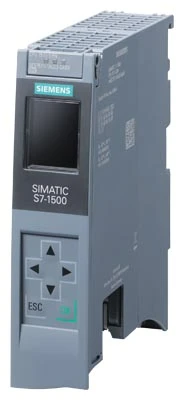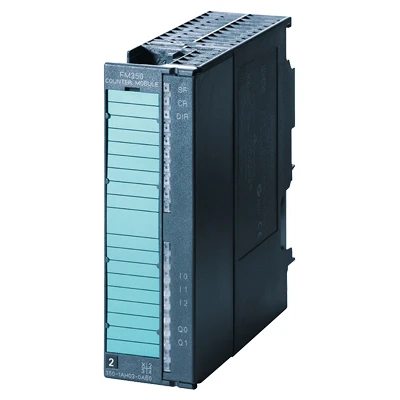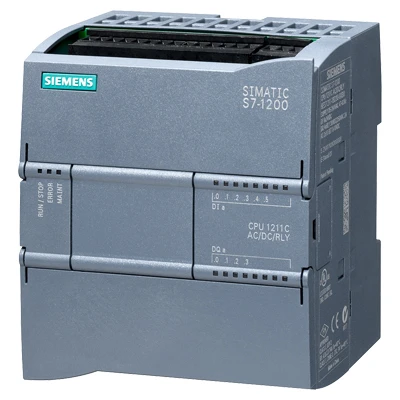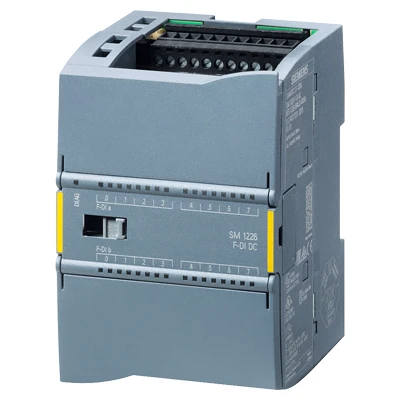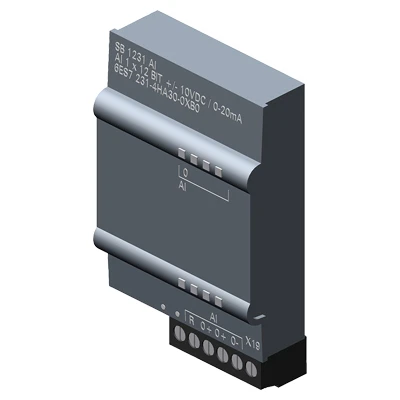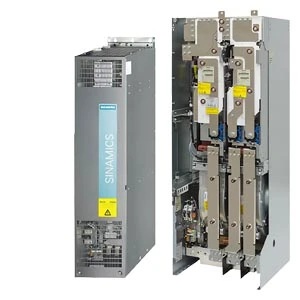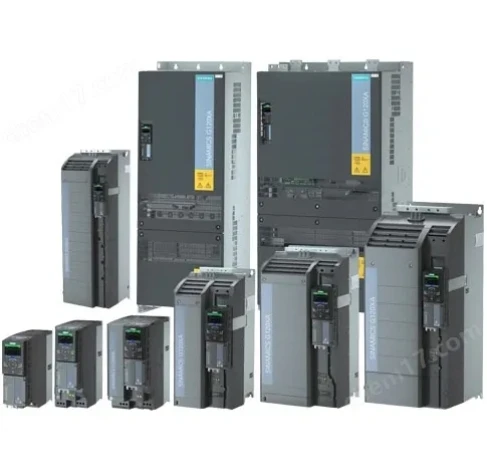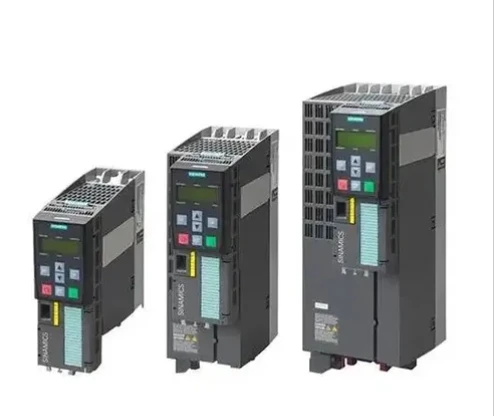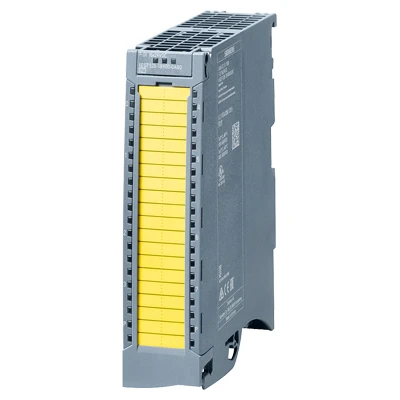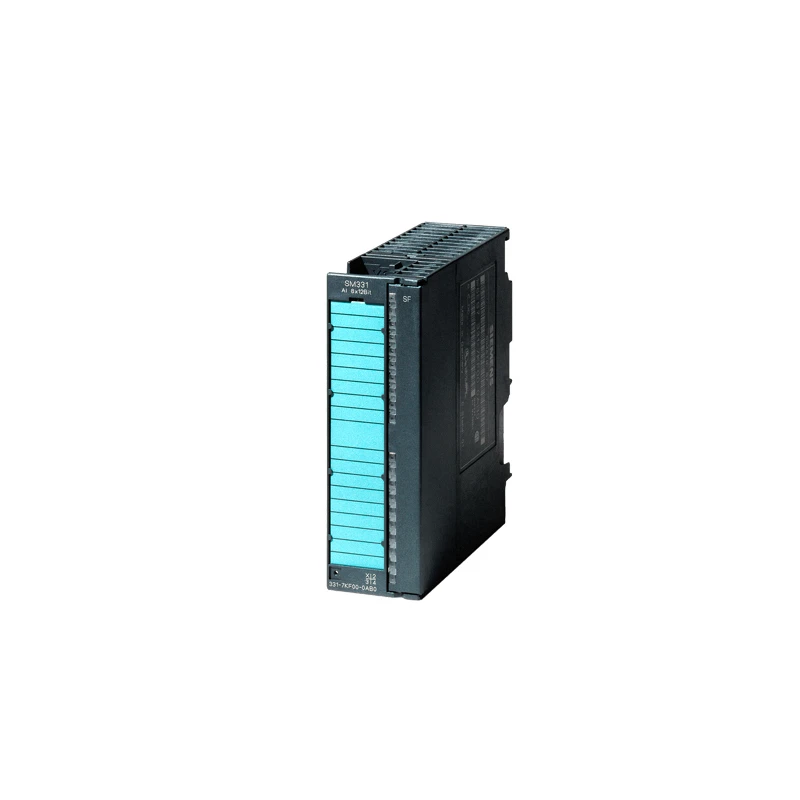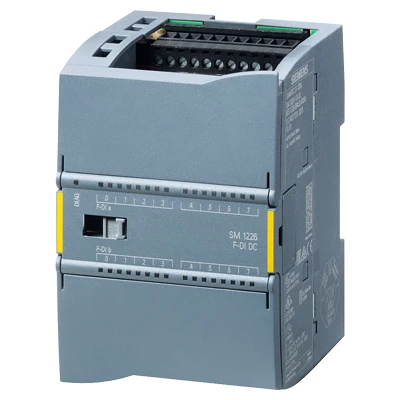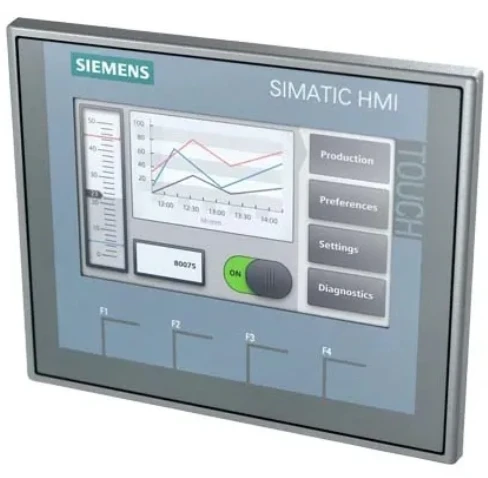Simatic S7 300: A Proven PLC Platform for Industrial Automation
The S7 300 series by Siemens has long been a cornerstone in industrial automation systems worldwide. Known for its modularity, reliability, and integration with a broad range of applications, the Simatic S7 300 is a programmable logic controller (PLC) designed to meet the control needs of small to mid-sized systems — from factory machinery to building automation.
Whether you’re retrofitting an older plant, expanding your current control system, or sourcing for OEM production, understanding what the Simatic S7 300 offers — including specifications, benefits, and the Simatic S7 300 price — is essential for making the right investment.
What Is the Simatic S7 300?
The Simatic S7 300 is a modular PLC system developed by Siemens. It’s part of the broader SIMATIC family and was a dominant automation solution throughout the 2000s and 2010s. While it has largely been succeeded by the S7-1500 series, the S7 300 remains in use in thousands of installations around the world due to its durability and compatibility.
Key features:
Modular rack-based design
CPU options with integrated I/O and communication ports
Compatible with various communication protocols (MPI, Profibus, Ethernet, Profinet)
Broad selection of digital and analog I/O modules, function modules, and communication processors
Integrated with Siemens STEP 7 software for configuration and programming
Benefits of Using the S7 300
✅ Modular architecture – Flexibility to expand based on project needs
✅ Reliable performance – Proven track record in harsh industrial environments
✅ Wide compatibility – Seamless integration with SCADA, HMIs, drives, and sensors
✅ Global support – Siemens offers worldwide service and replacement parts
✅ Long product lifecycle – Many components still supported despite newer models
The S7 300 is particularly well-suited for:
Manufacturing lines
Packaging systems
Process automation (chemical, food & beverage)
Infrastructure systems like water treatment and HVAC
Simatic S7 300 System Components
When considering an S7 300 installation or upgrade, here are the main components you’ll encounter:
|
Component |
Description |
|
CPU (Central Processing Unit) |
Controls the PLC logic. Available in several models (e.g., 312, 314, 315, 319) |
|
Power Supply Module (PS) |
Supplies power to the rack and modules |
|
I/O Modules |
Digital and analog input/output for field devices |
|
Function Modules (FM) |
Specialized tasks like counting, weighing, PID control |
|
Communication Processors (CP) |
Enable networking with Profibus, Ethernet, etc. |
|
Rack and Backplane Bus |
Mounting base for connecting modules |
Each system is customized by selecting and combining the required modules on a DIN-rail-compatible rack.
Simatic S7 300 Price Guide
The Simatic S7 300 price varies depending on the model, configuration, and market. Here's a breakdown of typical pricing (USD):
|
Component |
Estimated Price (USD) |
|
CPU 312C (basic) |
$350 – $600 |
|
CPU 315-2 DP (mid-range) |
$900 – $1,300 |
|
CPU 319 (high-performance) |
$1,800 – $3,000+ |
|
Digital Input/Output Module (32 DI/DO) |
$100 – $250 |
|
Analog I/O Module |
$200 – $400 |
|
Communication Processor (e.g., CP 343) |
$400 – $700 |
|
Power Supply Module (PS 307) |
$100 – $200 |
|
Complete Starter Kits |
$1,500 – $4,000+ (depending on CPU and I/O) |
Note: Prices vary significantly between new, refurbished, and surplus parts. Buying from authorized Siemens distributors typically ensures warranty support, while third-party suppliers may offer cost savings for legacy system maintenance.
Where to Buy Simatic S7 300 Components
✅ Authorized Siemens Distributors – Offer new, certified units with technical support
✅ Automation Equipment Resellers – Specialize in refurbished or surplus parts
✅ Online Marketplaces – Alibaba, eBay, Amazon, and automation-focused B2B platforms
✅ Industrial Equipment Integrators – Can source parts as part of project delivery
✅ Local Control Panel Builders – May have in-stock components or kits ready to deploy
If sourcing internationally or in bulk, request:
Warranty coverage
Test reports or condition grading (if used)
Compatibility verification with your existing STEP 7 program and configuration
Simatic S7 300 FAQs
Q1: Is the Simatic S7 300 still supported by Siemens?
A: Yes, although Siemens has phased it out in favor of the S7-1500, many S7 300 components are still available and supported via Siemens’ service and spare parts programs.
Q2: Can I use S7 300 with TIA Portal?
A: Only limited support is available. Full programming compatibility is through the legacy STEP 7 (Classic) software (SIMATIC Manager).
Q3: What’s the typical lifecycle of an S7 300 system?
A: Many S7 300 systems run reliably for 10–20 years or more, especially in controlled environments.
Q4: Is it worth upgrading from S7 300 to S7 1500?
A: For new projects, yes — the S7-1500 offers better performance, diagnostics, and integration with TIA Portal. But for existing S7 300 systems, it’s often more cost-effective to maintain rather than upgrade immediately.
Q5: Can I connect an HMI to the S7 300?
A: Absolutely. The S7 300 supports Profibus, Profinet, and MPI, making it compatible with Siemens HMIs and third-party displays.
The Simatic S7 300 remains a trusted and widely used PLC platform, even as newer technologies emerge. With its modular design, robust hardware, and flexible programming options, it continues to serve industries where stability and long-term support matter.
If you’re sourcing Simatic S7 300 for sale, whether for repair, upgrade, or spare part stocking, carefully compare specifications and pricing — especially when balancing between new and refurbished parts. And always factor in long-term serviceability.


